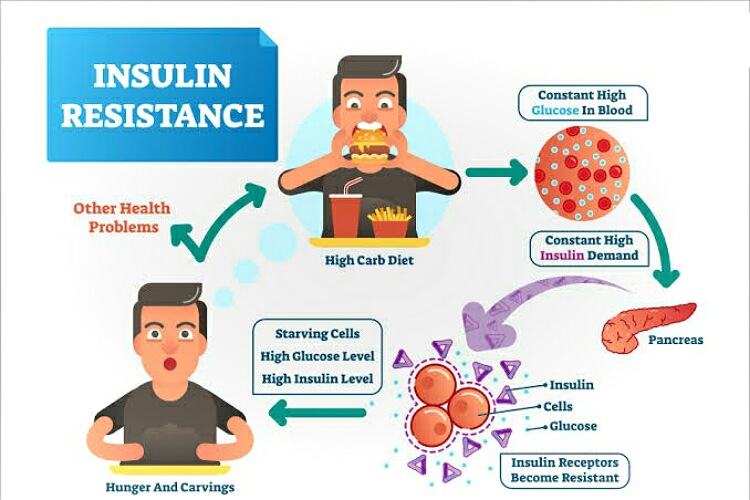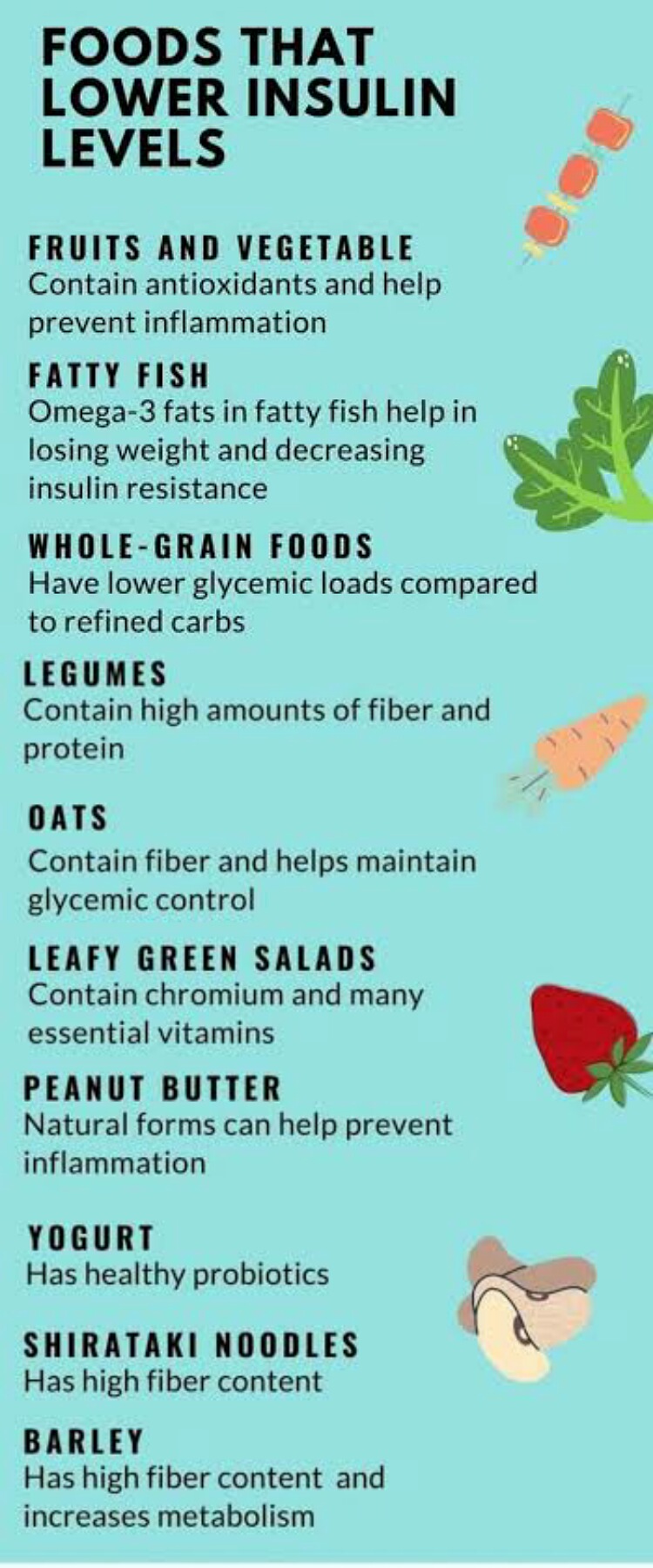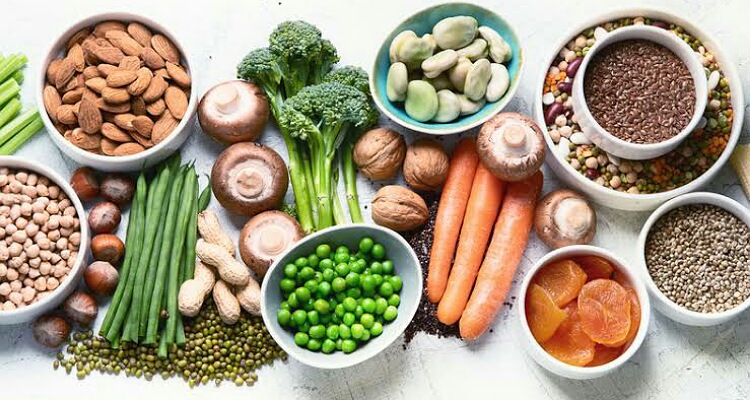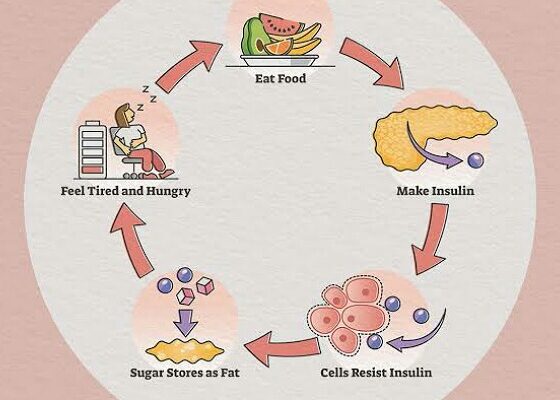Insulin resistance is encountered in type 2 diabetes, prediabetes, gestational diabetes, and polycystic ovarian syndrome. What does the term imply? And what foods can counteract the state?
Insulin resistance and what it is?
The insulin resistance is a condition where the body cells cease to respond properly to the secreted insulin hormone. Insulin, produced by the pancreatic islets of Langerhans cells, pushes blood glucose into the fat cells, liver cells and muscles. This insulin is released after meals and helps to control blood sugar levels.

But during the state of resistance, when body cells respond poorly to the insulin, the glucose builds up in the blood. Its level goes high and leads to a diabetic state. The high blood levels can also cause a number of problems to other organs if not controlled.
The cause of this resistance are multiple. They could be genetic, with age, due to inflammation, due to drugs, due to stress, inactive or sedentary lifestyle, or due to obesity.
Lifestyle changes including a healthy diet, exercise and weight management can overcome the condition. Stress management and adequate proper sleep are also a prerequisite for it.
The foods for this resistance
One should combine protein and healthy fats with complex carbs to improve this condition. The foods that one can consume are:
-Non-starchy vegetables such as broccoli, peas, cauliflower, cabbage, Brussels sprouts, carrots, peppers and tomatoes. Dark green leafy vegetables such as spinach, lettuce, fenugreek are excellent for this condition.
-Proteins like lean meat, fish, cheese, hummus, beans, legumes, lentils, milk and tofu. Nuts and seeds and eggs are also good sources of protein.
-low calories fruits like pineapples, citrus fruits, pears, apples, papayas, berries of all kinds etc.
-monounsaturated fats like avocado, olive oil, olives, peanuts and peanut oils, safflower oil and other nuts.
-polyunsaturated fats like oily fish, flaxseeds, chia seeds, eggs, walnuts, and sunflower seeds.
It is best to consult a qualified dietitian and get a diet plan chalked out for reversing the condition.
How to balance your daily diet?

Rahaf Al Bochi is a dietitian and she says that for this state, half of your food plate should have non starchy vegetables, one quarter should be complex carbs and the remaining one fourth should be protein and healthy fats. American diabetes association stresses in its Diabetes Plate Method that the vegetables chosen should be non starchy.
Also, read Can sweet foods intake increase risk of type 2 diabetes mellitus?
Rahaf advises to add eggs and avocado to the morning breakfast of bread. This will provide protein and fats and balance the carbs of bread. And this will stabilize the blood sugar. Further, she urges:
“Choose fiber-rich foods such as vegetables, fruits, whole grains, beans and nuts because these can also help lower blood sugars,”
Cleveland Clinic states that foods with low and moderate glycemic index are best. And low-glycemic index foods include beans, legumes, berries, apples, asparagus, leafy greens, cauliflower, other non-starchy vegetables, nuts, seeds, dairy, fish and meat.
